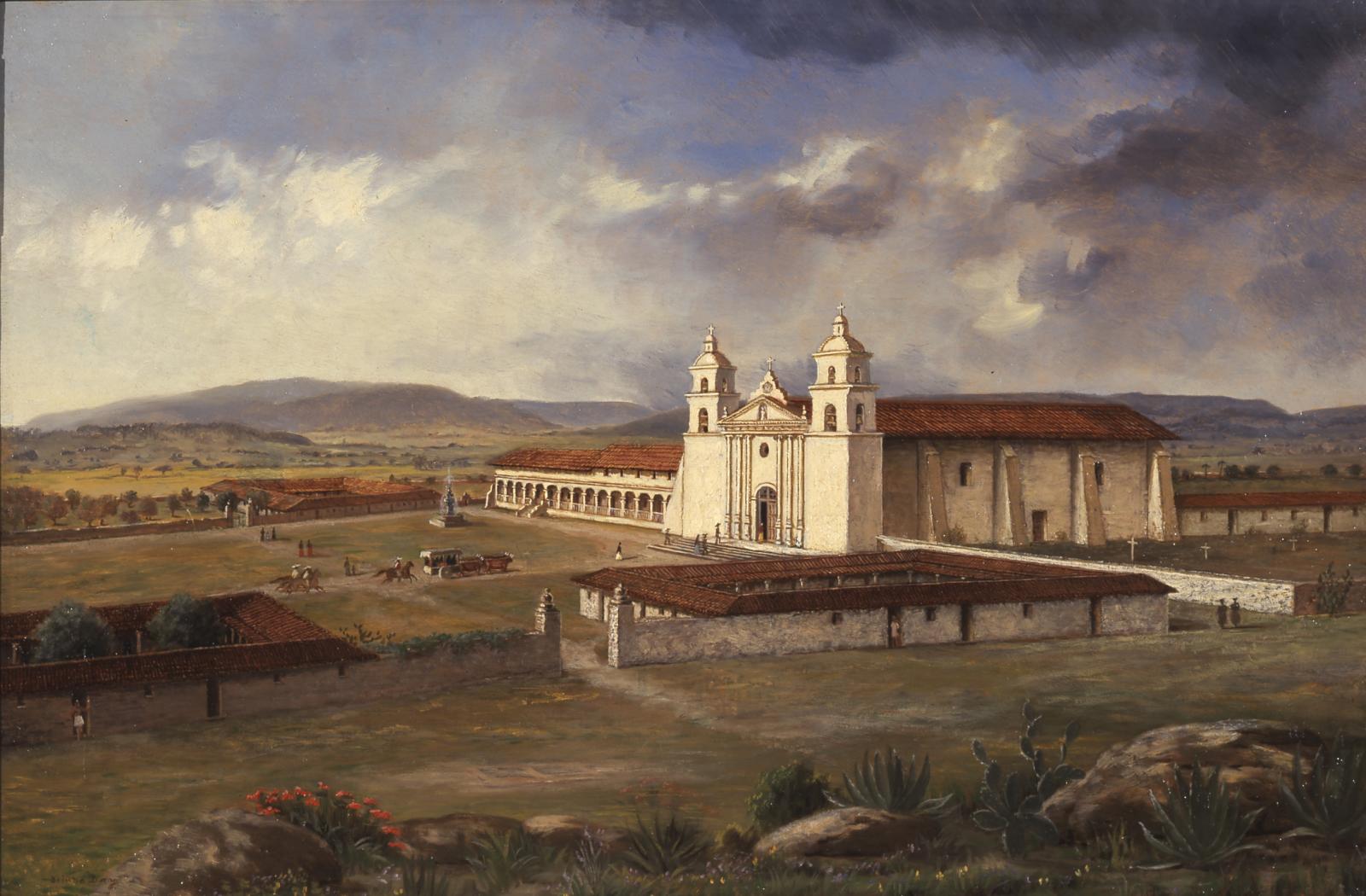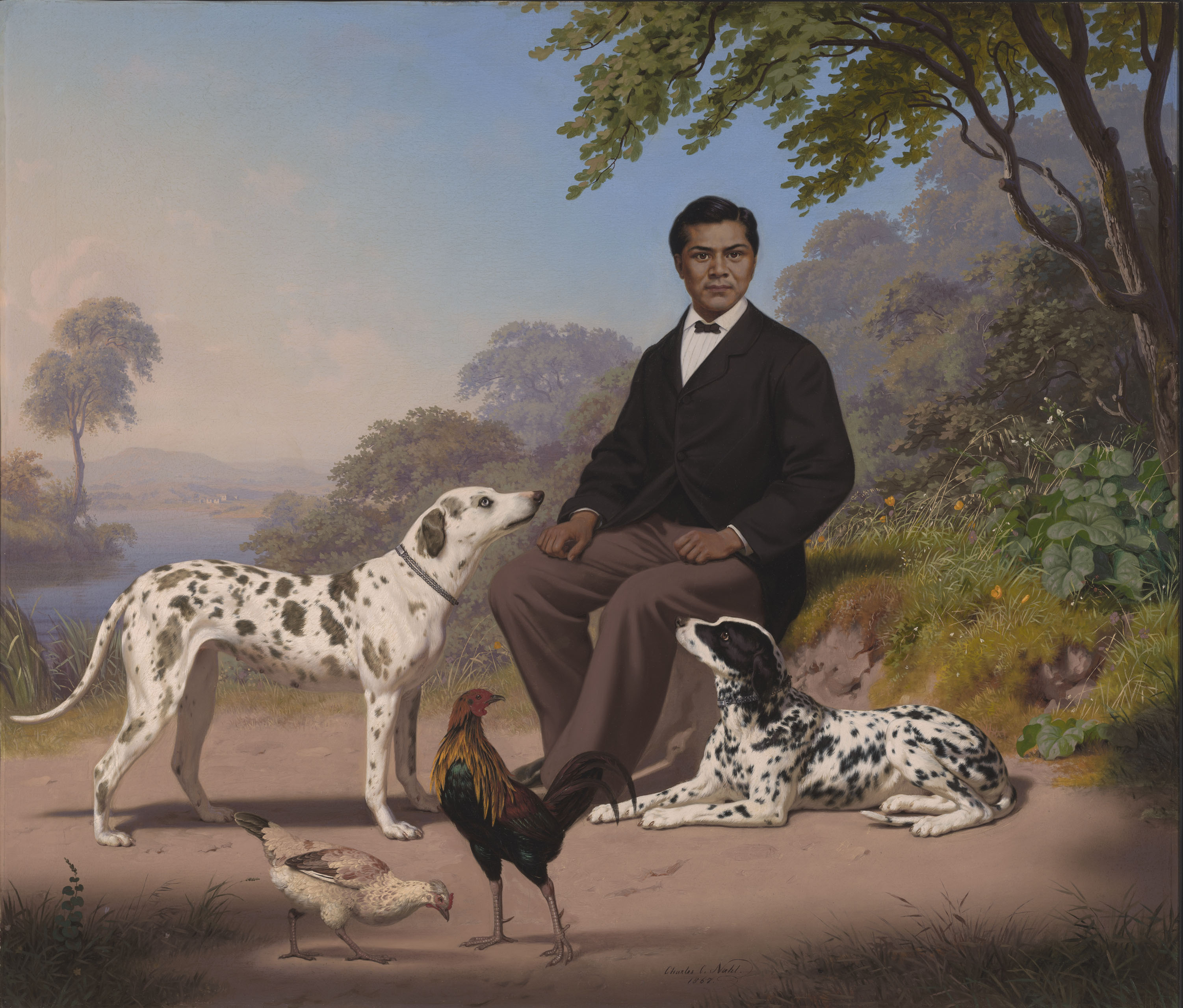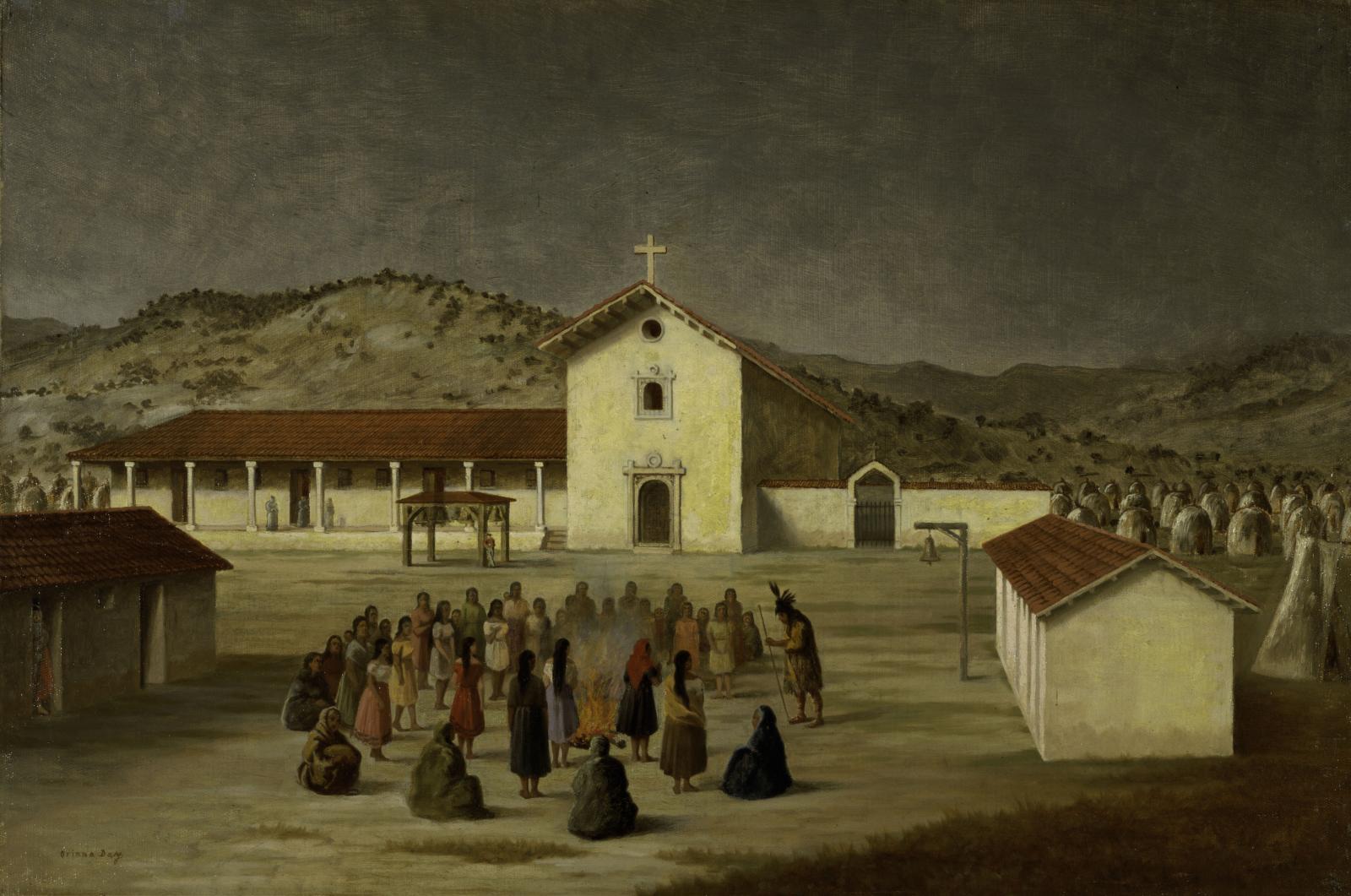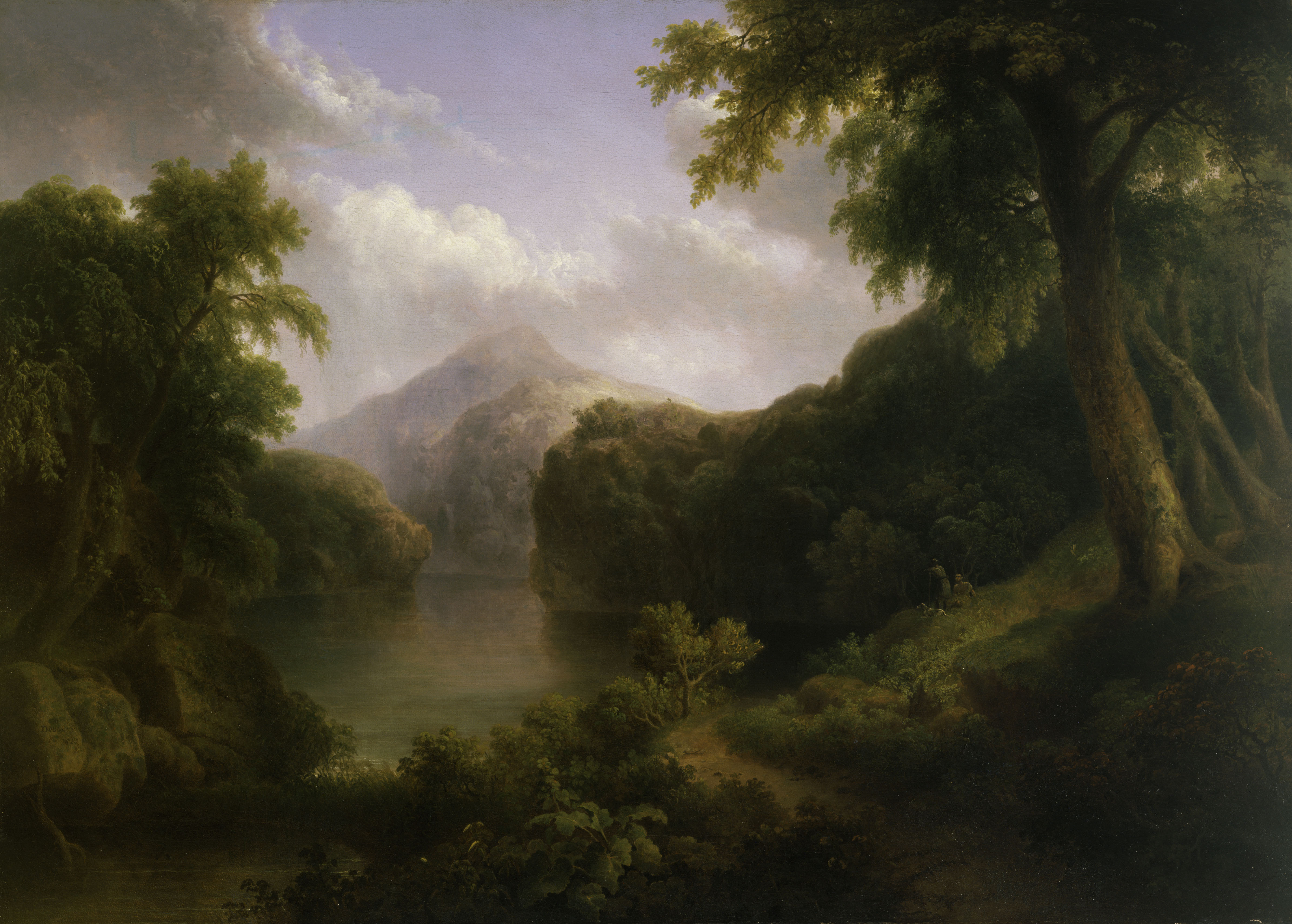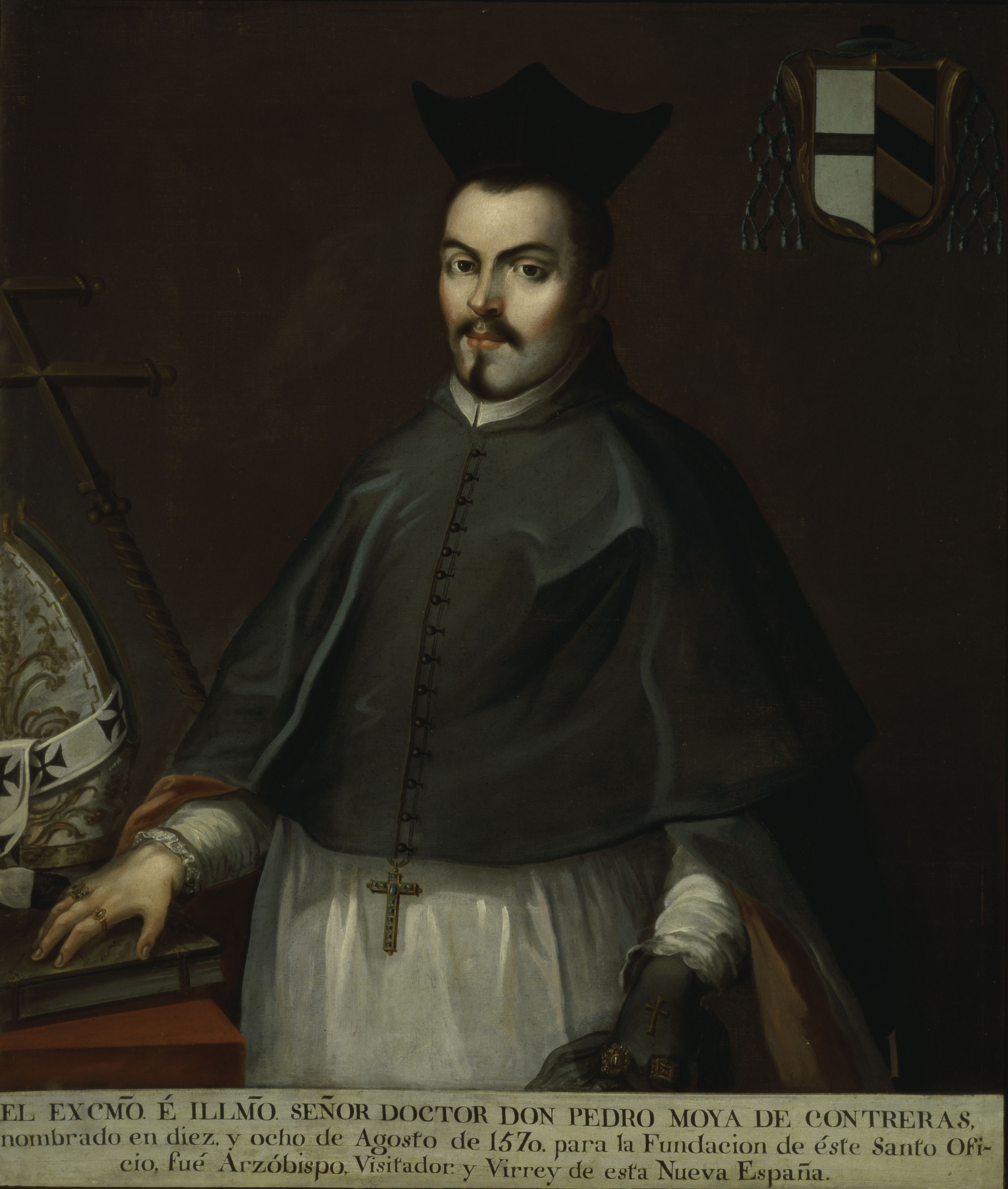Reverend Father Antonio Martinez

What can we learn about the past by studying works of art?
According to the text at the bottom of this painting, Father Antonio Martinez was born in Mexico in 1750, ordained in 1794, and sat for this portrait in 1809. Portraits, documents, maps, and other artifacts help us better understand the social context in which the Spanish missions were established in California. The story of the mission period is one of diverse perspectives, with cultures coming into contact and conflict; objects like this portrait illustrate this complicated history.
